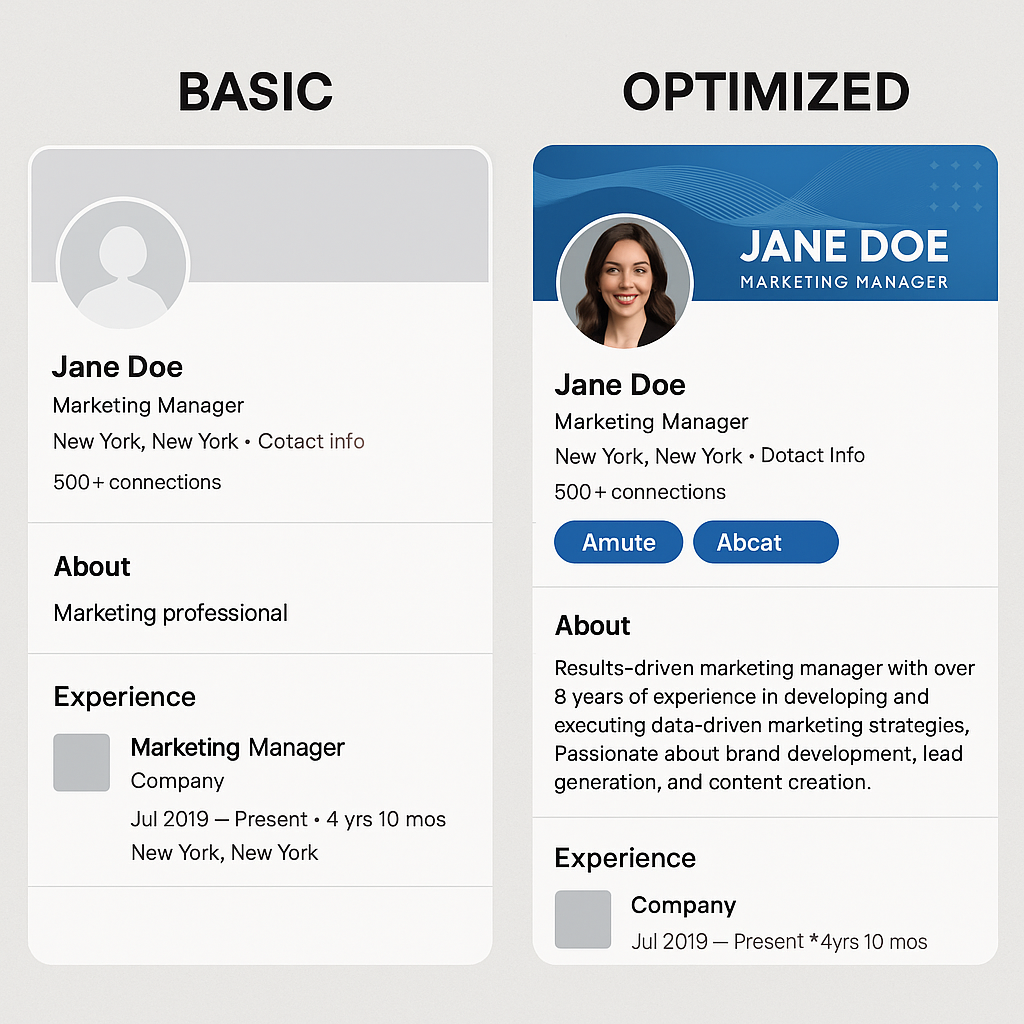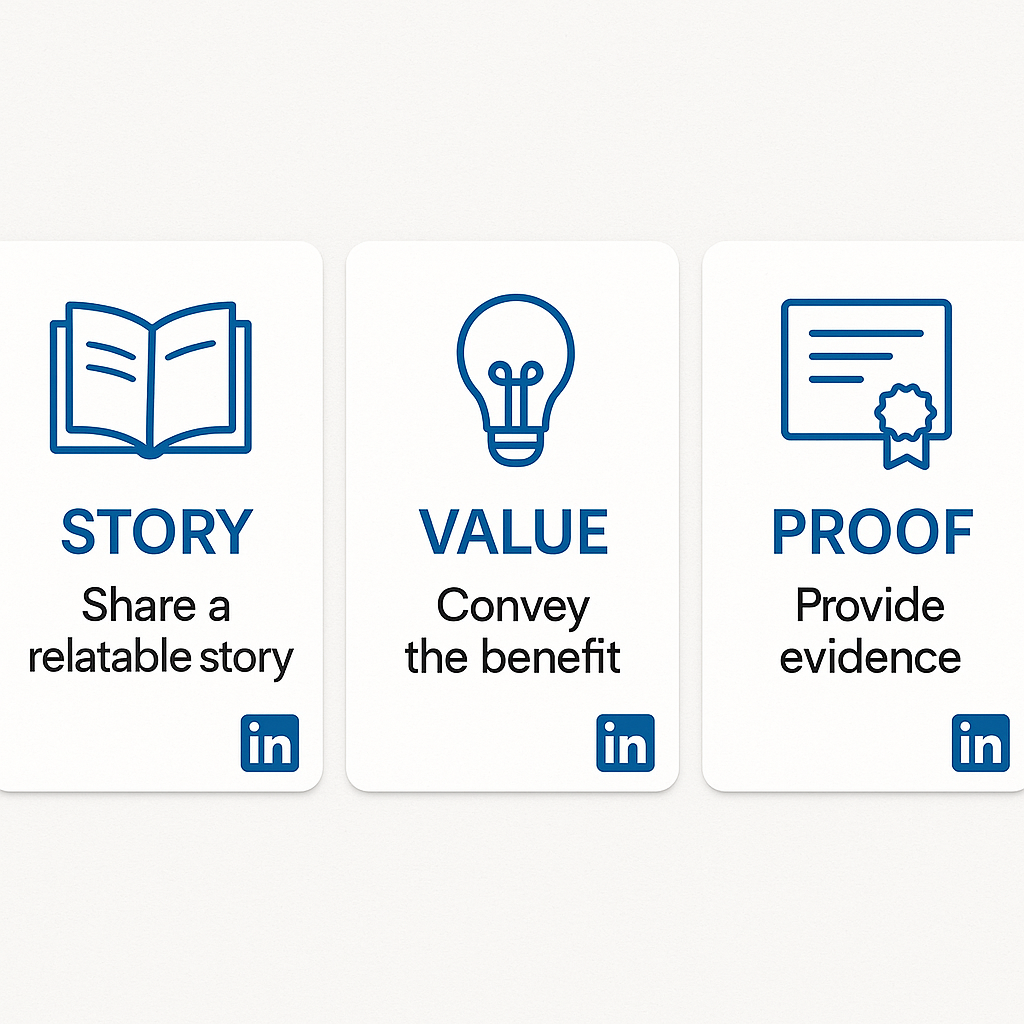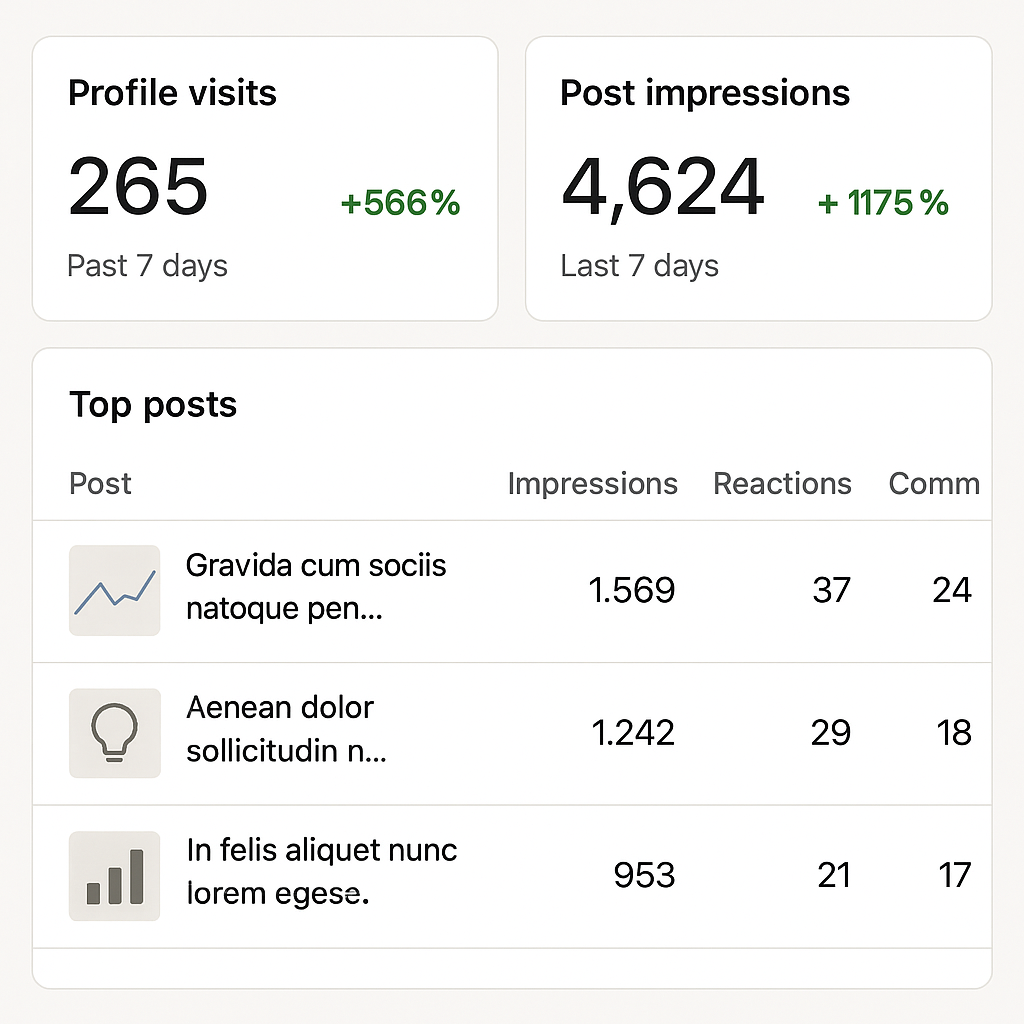
LinkedIn is no longer just a digital résumé—it’s a full-blown personal branding platform. In 2025, whether you’re a coach, consultant, founder, or creative entrepreneur, your presence on LinkedIn shapes how clients, collaborators, and even investors see your business. The platform has evolved beyond job hunting—it’s where thought leadership meets organic lead generation.
But here’s the catch: showing up randomly with occasional posts won’t cut it anymore. LinkedIn’s algorithm now favors consistency, conversation, and content that teaches or inspires. If you want to grow your authority and audience this year, you need a strategy that balances value, story, and social proof.
In this guide, we’ll walk through a LinkedIn content strategy that’s built for real, human connection and long-term business results. From post ideas and engagement tips to analytics and growth hacks, you’ll learn exactly how to build a brand that sticks.
Why LinkedIn is Essential for Founders and Coaches

Five years ago, LinkedIn was just a digital resume. In 2025, it’s a personal branding powerhouse—especially for entrepreneurs, consultants, and B2B founders. With more than 1 billion users and a growing number of creators on the platform, it’s evolved into a trusted space for thought leadership, client attraction, and industry visibility.
LinkedIn’s algorithm now rewards content that sparks discussion, provides value, and drives meaningful interactions. It’s not about polished perfection or corporate jargon anymore—it’s about authentic storytelling that connects with your ideal audience.
Whether you’re a coach building credibility, a founder sharing lessons from the trenches, or a service provider looking to attract inbound leads, LinkedIn gives you the organic reach other platforms are charging for. But success takes more than just posting when you feel inspired. It requires a consistent and intentional LinkedIn content strategy.
If you haven’t yet turned on Creator Mode, LinkedIn’s official guide walks you through it—it’s a game-changer for increasing visibility and unlocking new features.
Daily and Weekly LinkedIn Content Framework
If you’re not sure how often to post or what to share, you’re not alone. Most professionals struggle with consistency—not due to laziness, but because they lack a framework. In 2025, what works best is a hybrid content system: a mix of value-driven posts and human moments, delivered consistently.
Weekly Rhythm Example:
| Day | Content Type | Goal |
|---|---|---|
| Monday | Thought leadership post | Position yourself as an expert |
| Tuesday | Comment on 3–5 industry posts | Visibility + engagement |
| Wednesday | Story post (origin story, lessons) | Human connection, relatability |
| Thursday | Carousel or list post (tips, steps) | Share value + save-worthy content |
| Friday | Community post or client win | Social proof, call to engage |
Even if you can only post 2–3 times a week, using this content rhythm builds both consistency and depth. Bonus: batch-write on the weekends or use a scheduling tool like Buffer or Hypefury to stay ahead.
Need help streamlining across platforms, too? Check out our Social Media Automation Guide Using ChatGPT, Canva & Google Sheets for workflow ideas.
What Kind of Posts Work Best: Storytelling, Value, & Proof

In 2025, three types of content dominate on LinkedIn:
1. Storytelling Posts
Share personal or professional stories that reflect your journey. Think “what I learned from losing a client,” “why I left corporate,” or “how I built my business while parenting.” Vulnerability works when paired with a takeaway.
2. Value-Driven Content
These are your “how-to,” “mistake to avoid,” or “3 tips for…” posts. They give the reader a quick win. Break things into bite-sized lists and use white space for readability.
3. Proof Posts
This includes testimonials, client wins, case studies, screenshots, and “behind the scenes” looks. It’s not bragging—it’s social proof. Just remember to explain the transformation, not just the result.
A winning LinkedIn content strategy blends all three. That way, you’re building trust, authority, and relatability—the holy trinity of personal branding on LinkedIn.
Engaging With Comments and Building a Community
If you’re posting but not engaging, you’re missing half the point. In 2025, LinkedIn tips for entrepreneurs almost always include one non-negotiable: comment consistently.
Here’s how to do it right:
- Reply to every comment on your posts within 24 hours
- Comment on others’ posts in your niche, especially those with high engagement
- Tag thoughtfully, not spammy—only if the person is part of the convo
- Use comments as mini content—insightful responses attract profile views
Building a community isn’t about mass DMs. It’s about showing up, adding value, and creating micro-interactions. This not only boosts your visibility with the algorithm, but it also builds trust with actual humans.
If you’re building your presence across platforms, don’t miss our guide on Instagram Growth Strategy for Small Businesses in 2025—packed with actionable tips for boosting reach and engagement.
Using LinkedIn Analytics to Refine Your Strategy

LinkedIn’s built-in analytics have improved massively in 2025. You can now see metrics by post type, time of day, and even content category if you tag your posts accordingly. Here’s what to watch:
Key Metrics:
- Profile Views – Are people checking you out after reading your posts?
- Engagement Rate – Likes + comments ÷ impressions
- Connection Growth – Are you attracting the right audience?
- Click-Throughs – Great if you share links to your site, booking page, or lead magnet
- Top-performing formats – Video, polls, carousels, plain text (track over time)
Use these insights to double down on what’s working. If storytelling posts bring the most DMs, do more of those. If carousels get saves, scale that format. A data-driven LinkedIn content strategy turns trial-and-error into strategic growth.
FAQs: LinkedIn Content Strategy in 2025
How often should I post on LinkedIn?
Ideally, 3–5 times per week, but consistency matters more than volume. A steady 2–3x per week is better than burning out.
Do I need to niche down on LinkedIn?
Yes. The more focused your message, the easier it is for people to know what you do and refer you. Broad messaging = weak impact.
What’s the best time to post?
Morning (8–10 am) and late afternoon (4–6 pm) in your target audience’s time zone tend to work best, but test and track.
Can I repurpose content from other platforms?
Absolutely. Turn Tweets into carousels, blogs into text posts, and podcast clips into video snippets.
Conclusion: Show Up with Strategy, Stay Human
In 2025, personal branding on LinkedIn is no longer optional—it’s your digital reputation. But showing up doesn’t mean shouting into the void. It means sharing stories, offering value, proving your work, and being part of conversations that matter in your niche.
With the right LinkedIn content strategy, you can turn your profile from a résumé into a revenue engine—attracting clients, collaborators, podcast invites, speaking gigs, and more. And you don’t need to go viral. You just need to be real, consistent, and useful.
So go ahead—show your face, share your voice, and let LinkedIn do what it does best: turn content into connections, and connections into opportunities.

